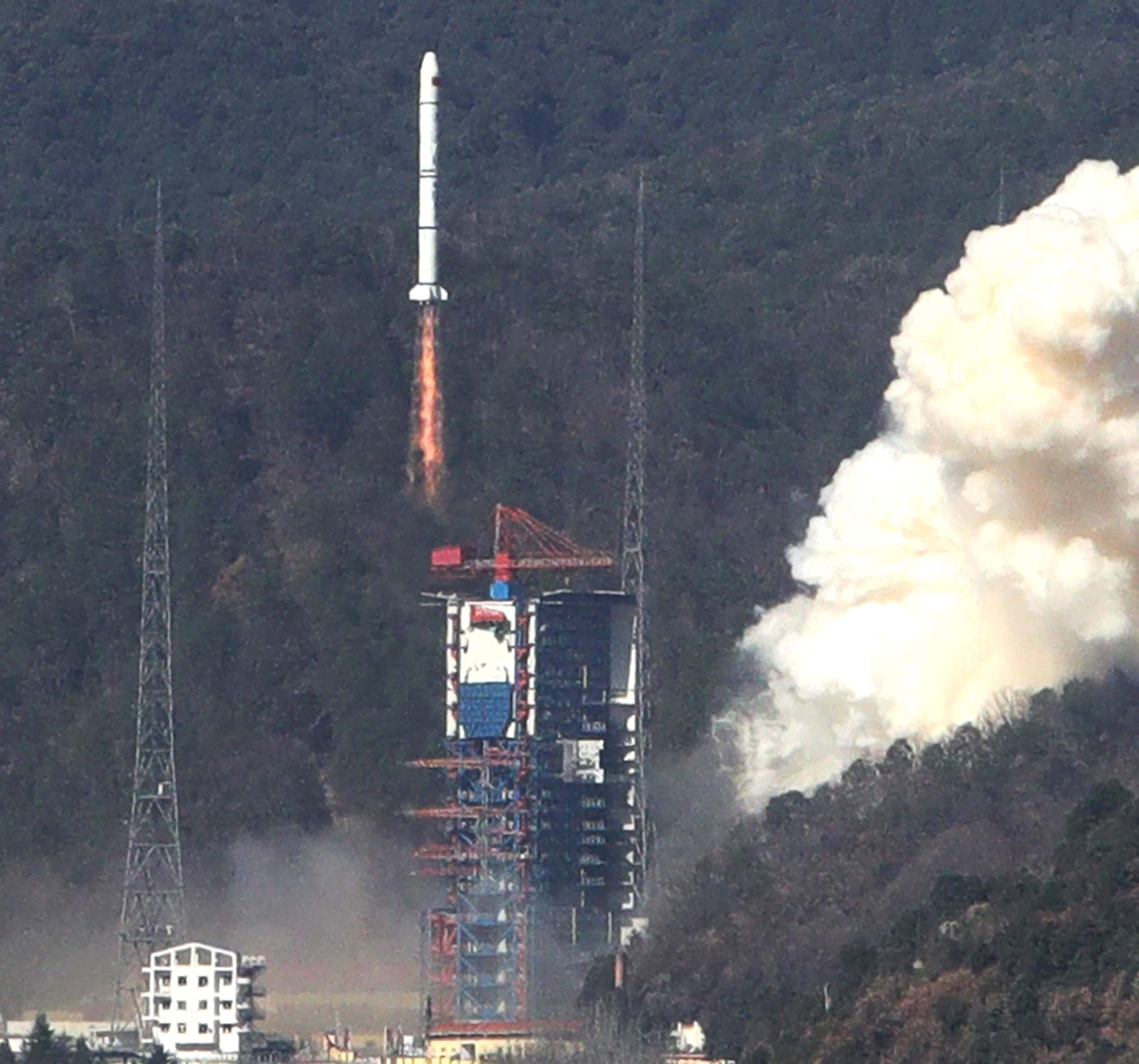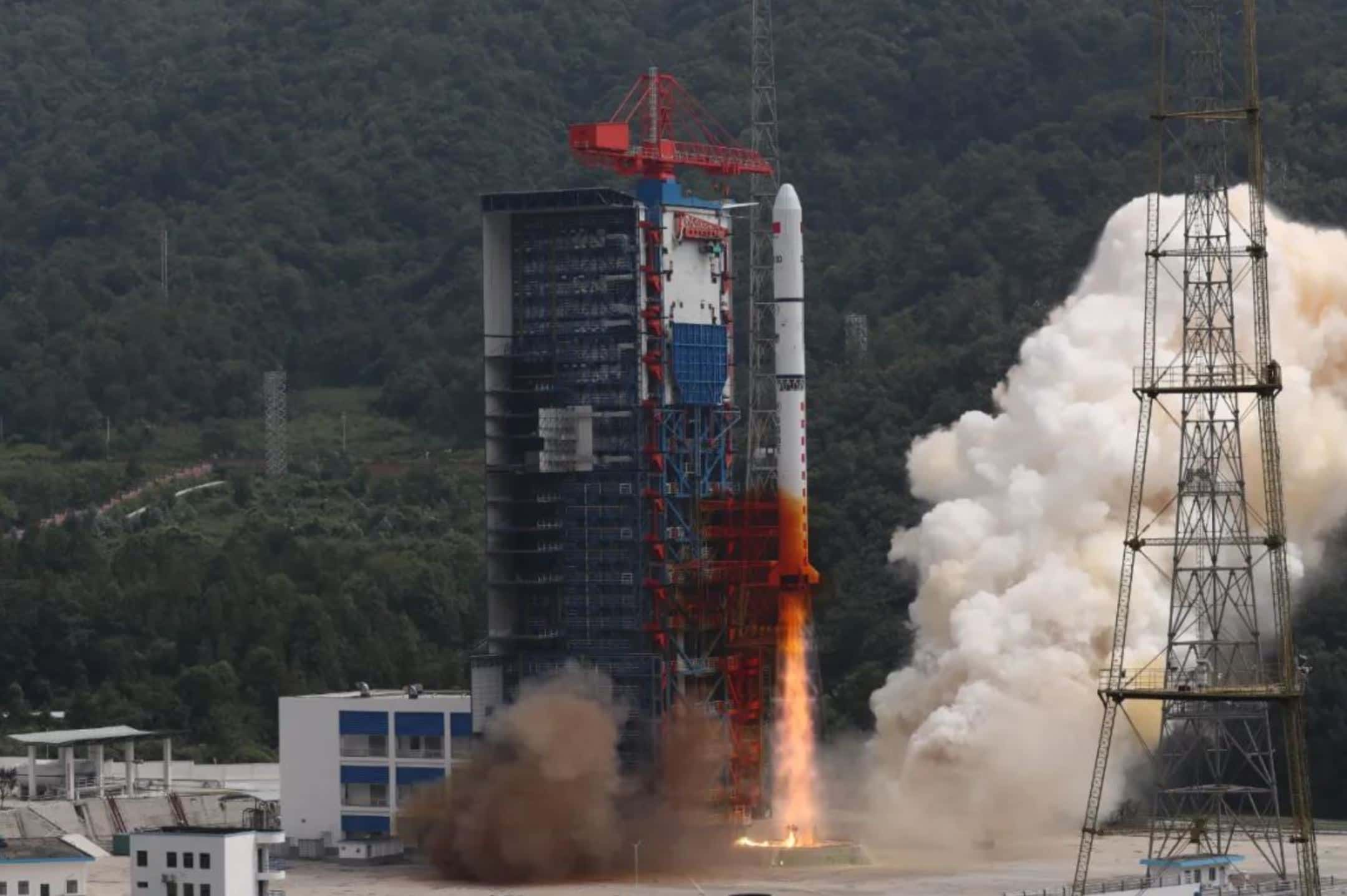The Long March 2D rocket, taking flight from Xichang Satellite Launch Center at 8:58 p.m. EST on Dec. 9 (0158 GMT, or 9:58 a.m. Beijing time, Dec. 10), left a streak of purple and orange amidst the blue skies, fueled by its hypergolic propellant mix.

China’s Long March rocket soared into action once again, launching a triumvirate of reconnaissance satellites into orbit, marking the significant 500th Long March rocket launch
The payload on board consisted of the fifth set of three Yaogan-39 satellites, ascending to an orbit approximately 307 miles (495 kilometers) high with a 35-degree inclination. Although details about the Yaogan satellites remain scarce, they are acknowledged by Chinese state media and space authorities as instrumental in remote sensing, surveying, and assessing terrestrial and maritime entities, as well as in weather monitoring.
Speculation from Western observers suggests these satellites serve military objectives, encompassing optical, radar, and electronic intelligence functions. Manufactured by the Shanghai Academy of Spaceflight Technology (SAST) and the China Academy of Space Technology (CAST), units of the China Aerospace Science and Technology Corporation (CASC), the Yaogan-39 (05) satellites are part of China’s comprehensive satellite program.
The launch not only celebrated the 500th milestone of China’s Long March rocket series but also highlighted the contribution of different entities within the nation’s space endeavors
The Shanghai Academy of Spaceflight Technology (SAST) played a pivotal role, producing 203 out of the 500 Long March rockets, while the China Academy of Launch Vehicle Technology (CALT) accounted for 297 launches, as reported by China Daily.
With a success rate of 96.4%, the Long March rockets have seen remarkable achievements, with only a few instances of failure in their extensive history. These successes have propelled China’s continuous strides in space exploration and development, exemplified by the ongoing projects like the Long March 9 rocket and the Long March 10, anticipated to facilitate lunar missions.
This recent launch marked China’s 59th orbital endeavor of 2023, underscoring the dominance of Long March rockets in the country’s space initiatives, which have accounted for around three-quarters of these launches, while the rest were managed by commercial launch providers.
READ ALSO: From Earth To Moon: The Anthropocene Epoch Echoed In Lunar History By Human Influence




